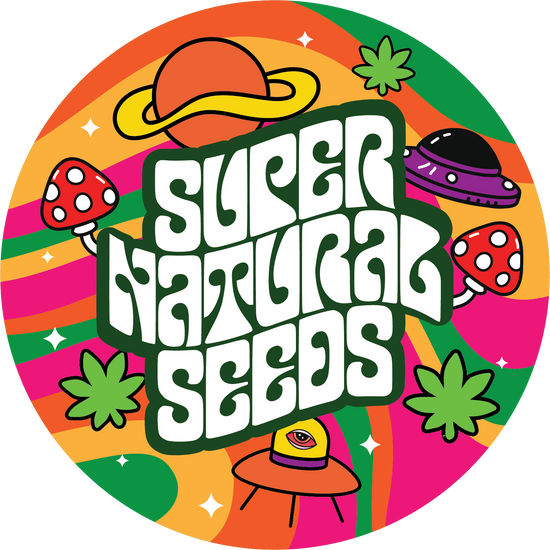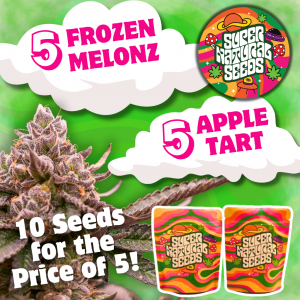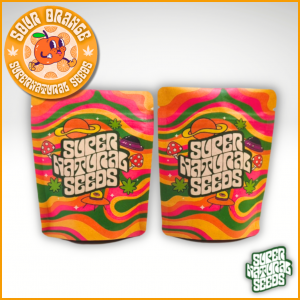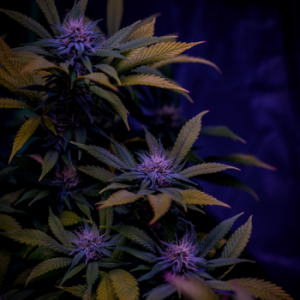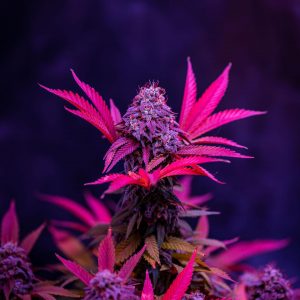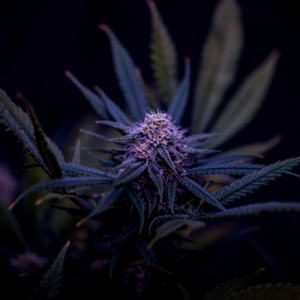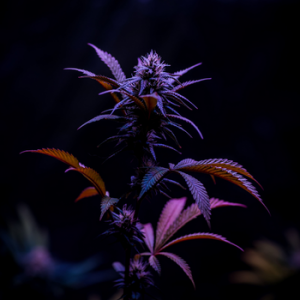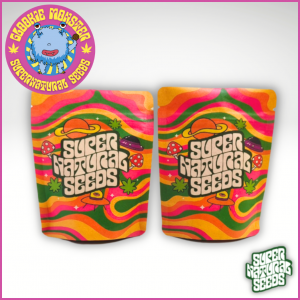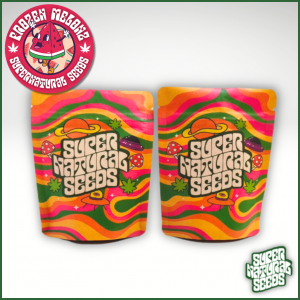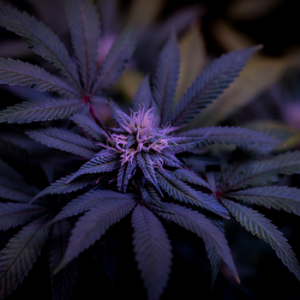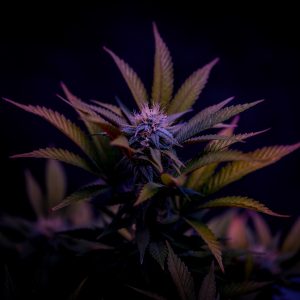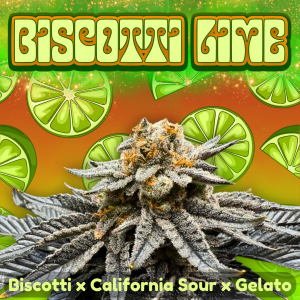Feminized Photoperiod Cannabis Seeds
Discover the world of feminized photoperiod cannabis seeds. Elevate your cultivation game with premium, genetically stable seeds designed to produce bountiful, potent, and female-only cannabis plants. Explore our diverse selection today.
-
Fruity Photoperiod Bundle | Frozen Melonz + Apple Tart
Feminized Photoperiod Cannabis Seeds £50.00 Read more -
U.F.O.G feminized photoperiod cannabis seeds
Feminized Photoperiod Cannabis Seeds £30.00 – £50.00Select options This product has multiple variants. The options may be chosen on the product pageClear35 -
Sour Orange Feminized Photoperiod cannabis seeds
Feminized Photoperiod Cannabis Seeds £30.00 – £50.00Select options This product has multiple variants. The options may be chosen on the product pageClear35 -
Slusherz Feminized Photoperiod cannabis seeds
Feminized Photoperiod Cannabis Seeds £30.00 – £50.00Select options This product has multiple variants. The options may be chosen on the product pageClear35 -
Raspberry Runtz Feminized Photoperiod cannabis seeds
Feminized Photoperiod Cannabis Seeds £30.00 – £50.00Select options This product has multiple variants. The options may be chosen on the product pageClear35 -
Pink Lemon Punch Feminized photoperiod cannabis seeds
Feminized Photoperiod Cannabis Seeds £30.00 – £50.00Select options This product has multiple variants. The options may be chosen on the product pageClear35 -
Moon Mintz Feminized Photoperiod cannabis seeds
Feminized Photoperiod Cannabis Seeds £30.00 – £50.00Select options This product has multiple variants. The options may be chosen on the product pageClear35 -
Ice Cream Cake Feminized Photoperiod cannabis seeds
Feminized Photoperiod Cannabis Seeds £30.00 – £50.00Select options This product has multiple variants. The options may be chosen on the product pageClear35 -
Glookie Monster Feminized photoperiod cannabis seeds
Feminized Photoperiod Cannabis Seeds £30.00 – £50.00Select options This product has multiple variants. The options may be chosen on the product pageClear35 -
Frozen Melonz Feminized Photoperiod cannabis seeds
Feminized Photoperiod Cannabis Seeds £30.00 – £50.00Select options This product has multiple variants. The options may be chosen on the product pageClear35 -
Champage Octane Feminized photoperiod cannabis seeds
Feminized Photoperiod Cannabis Seeds £30.00 – £50.00Select options This product has multiple variants. The options may be chosen on the product pageClear35 -
Black Cherry Crush Feminized Photoperiod cannabis seeds
Feminized Photoperiod Cannabis Seeds £30.00 – £50.00Select options This product has multiple variants. The options may be chosen on the product pageClear35 -
Biscotti Lime Feminized photoperiod cannabis seeds
Feminized Photoperiod Cannabis Seeds £30.00 – £50.00Select options This product has multiple variants. The options may be chosen on the product pageClear35 -
Apple Tart Feminized Photoperiod cannabis seeds
Feminized Photoperiod Cannabis Seeds £30.00 – £50.00Select options This product has multiple variants. The options may be chosen on the product pageClear35
What Are Photoperiod Seeds?
Photoperiod cannabis seeds are seeds that grow into plants which require specific light cycles to transition from the vegetative stage to the flowering stage.
Unlike autoflowering seeds, which flower based on age, photoperiod plants depend on changes in the duration of light and darkness to initiate flowering. Key characteristics of photoperiod cannabis seeds:
Light Cycle Dependence: Photoperiod plants need a change in the light cycle to flower. Typically, they require 12 hours of uninterrupted darkness and 12 hours of light to start the flowering stage. During the vegetative stage, they usually thrive under 18-24 hours of light per day.
Longer Growth Cycle: Photoperiod plants generally take longer to grow compared to autoflowering plants. The vegetative stage can be extended as desired, allowing for larger plants and potentially higher yields before switching to the flowering stage.
Size and Yield: Photoperiod plants can grow larger and produce higher yields compared to autoflowering plants. The ability to control the length of the vegetative stage allows growers to optimize plant size and structure.
Control and Flexibility: Growers have more control over the growth cycle of photoperiod plants. They can decide when to induce flowering by adjusting the light schedule, which allows for greater flexibility in managing plant development.
Cloning: Photoperiod plants are easier to clone. Clones taken during the vegetative stage will grow as vegetative plants until the grower decides to induce flowering, providing consistent and reliable propagation.
Variety: There is a wide variety of photoperiod strains available, offering a diverse range of flavours, effects, and cannabinoid profiles. This variety is often greater than that of autoflowering strains.
Disclaimer: Supernatural Seeds only sell cannabis seeds as souvenir and collectible items in full alignment with UK law.
Difference Between Autoflower & Photoperiod
Photoperiod seeds require changes in light cycles to flower, while autoflowering seeds transition to the flowering stage based on age, regardless of light exposure. Photoperiod plants typically grow larger and have higher yields.
Supernatural Photoperiod Seeds FAQ's
The growth cycle for photoperiod cannabis plants can vary. The vegetative stage can last from a few weeks to several months, depending on the grower’s preference. The flowering stage typically lasts 7-10 weeks.
During the vegetative stage, photoperiod plants require 18-24 hours of light daily. To induce flowering, the light schedule should be switched to 12 hours of light and 12 hours of darkness.
Yes, photoperiod cannabis plants can be grown both indoors and outdoors. Indoor growers have more control over light cycles, while outdoor growers rely on natural changes in daylight to trigger flowering.
Photoperiod seeds can be either regular (producing male or female plants) or feminized (producing only female plants). Feminized seeds are preferred for growers focusing on bud production. At Supernatural Seeds we specialise in feminized cannabis seeds, so you can be sure your getting top quality feminized genetics.
Photoperiod cannabis plants can grow quite large, especially if given a long vegetative stage. They can reach heights of 6 feet or more, depending on the strain and growing conditions.
Advantages include higher yields, greater control over the growth cycle, the ability to clone easily, and a wide variety of strains with diverse effects and flavors.
During the vegetative stage, photoperiod plants require higher nitrogen levels. During the flowering stage, they need increased phosphorus and potassium. It’s important to adjust nutrients according to the plant’s growth stage.
Common pests include spider mites, aphids, and whiteflies. Diseases can include powdery mildew, bud rot, and root rot. Proper care, cleanliness, and environmental control can help prevent these issues.
To maximize yield, provide optimal light, nutrients, and environmental conditions. Techniques such as low-stress training (LST), topping, and pruning can also help increase yields.
